Soil temperature is an important factor in the growth and development of crops. It can impact seed germination, root growth, and overall plant health. Monitoring temperature can help farmers optimize their crop production and improve yield. In this blog post, we will discuss the importance of temperature, how to track it, and why it matters for agriculture.
Why is Soil Temperature Important?
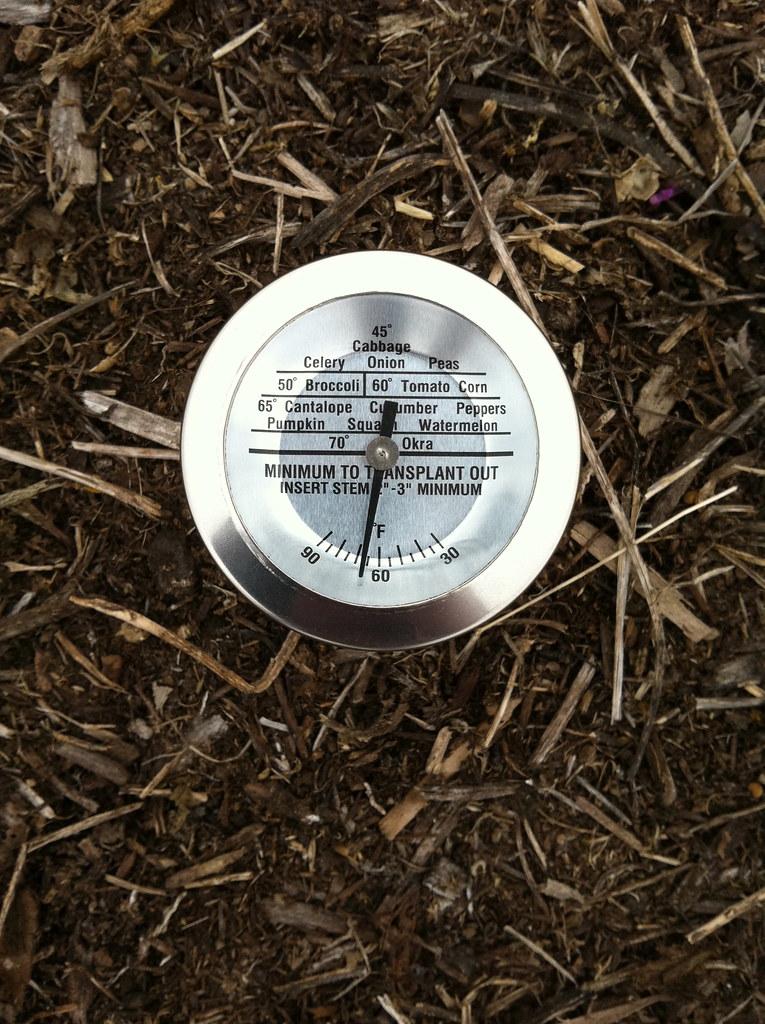
Soil temperature affects the rate of seed germination and root growth. If the temperature is too low, seed germination may be slow or inhibited. On the other hand, if the temperature is too high, it can cause root damage and reduce the growth of crops.
For optimal crop growth, the ideal temperature depends on the type of crop being grown. For example, most vegetables and fruit crops grow best at a temperature between 60°F and 65°F.
Knowing the temperature of soil can also help farmers determine the best time to plant crops. For example, some crops, such as corn, can only be planted when the soil temperature reaches a minimum threshold.
How to Track Soil Temperature
There are several ways to monitor temperature, including:
- Soil thermometers: Soil thermometers are manual instruments that can be inserted into the soil to measure the temperature.
- Data loggers: Data loggers are electronic devices that can be placed in the soil to collect temperature data over time. The data can then be downloaded and analyzed to track soil temperature trends.
- Wireless sensors: Wireless sensors can be placed in the soil to continuously monitor soil temperature and transmit the data wirelessly to a central hub. This allows farmers to track soil temperature remotely in real-time.
Regardless of the method used, it’s important to measure temperature at the same depth and location each time to ensure accurate and consistent data.
Why Soil Temperature Monitoring Matters for Agriculture
Temperature monitoring can help farmers make informed decisions about when to plant crops, how much water to provide, and when to fertilize. By optimizing temperature, farmers can improve crop yield and increase their profits.
In addition, monitoring temperature can help farmers identify and address any potential issues early on. For example, if soil temperature is consistently too low, farmers can take steps to warm the soil, such as using plastic mulch or adding compost.
Temperature of the soil is a critical factor in the growth and development of crops. Monitoring temperature can help farmers optimize their crop production and improve yield. By using soil thermometers, data loggers, or wireless sensors, farmers can track soil temperature and make informed decisions about their crops.
Check out Little Tree Food Forest for articles on food forests and homesteading.
Check out StoryScapes for articles on creative writing.




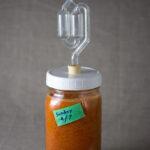

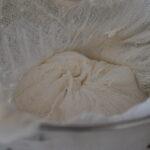
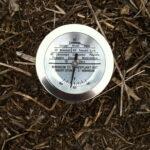

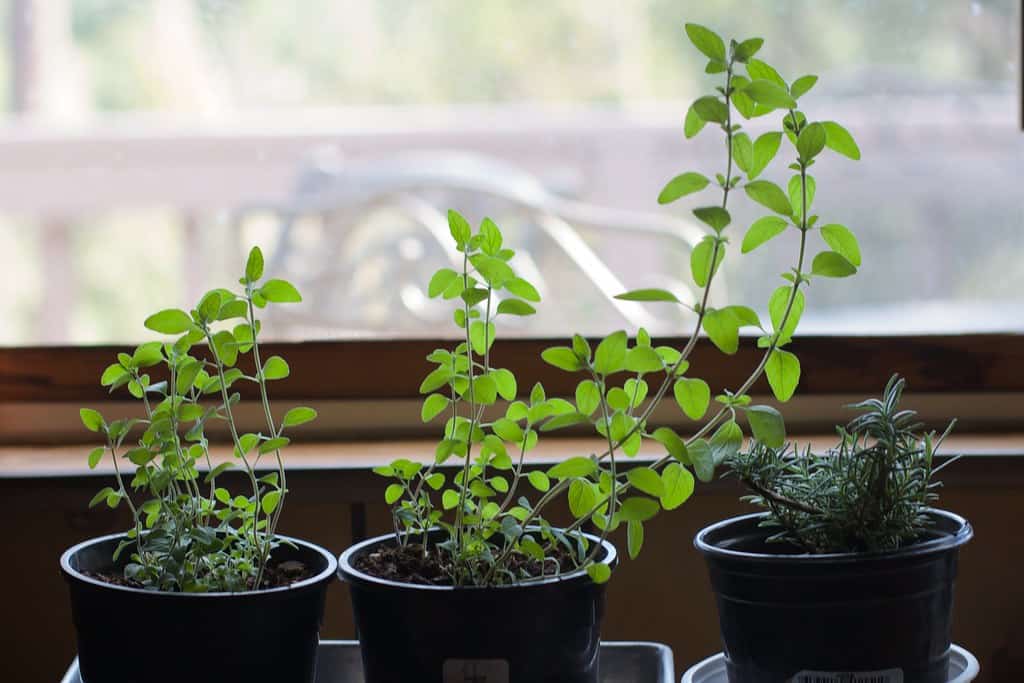


2 thoughts on “How to Monitor Soil Temperature and Why It Matters for Agriculture”